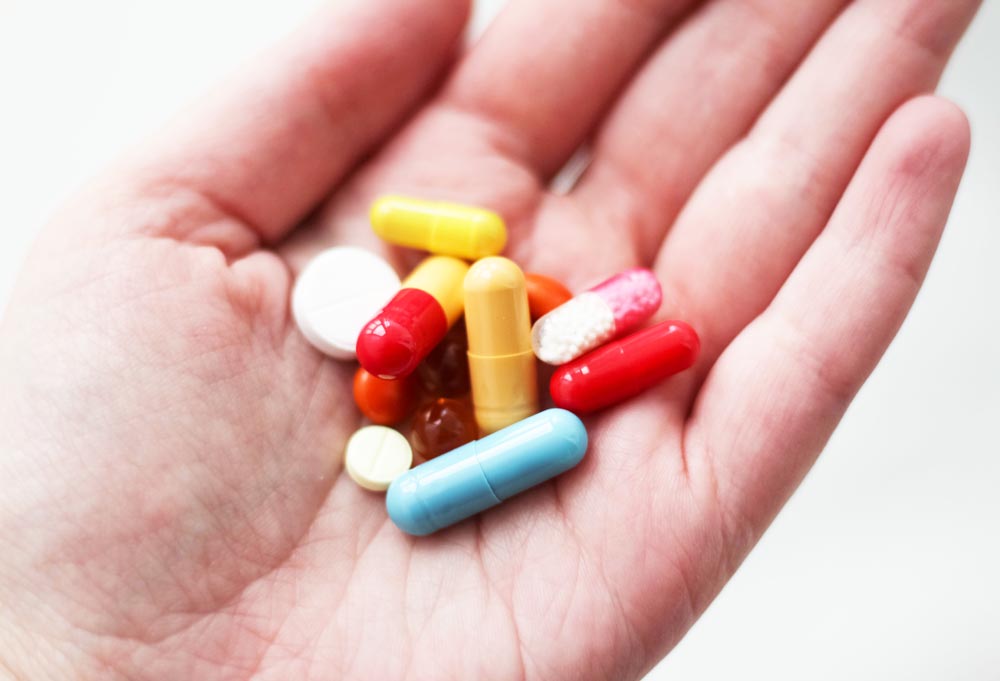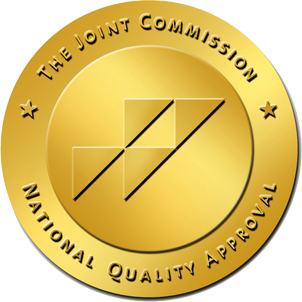
Millions of Americans undergo extensive surgery every single year. In fact, the American College of Surgeons suggests that each American will have an average of 9 surgeries in their lifetime. Most of those surgeries are followed by an opioid pain prescription. In fact, 70% of Americans fulfill prescriptions for Opioid pain medication following a surgery. That’s in stark contrast to countries like Sweden, where just 11% of surgery patients do so. Eventually, most opioid prescriptions are intended for just 1-6 weeks. In other cases, they can last much longer. And, those medications are often important. Pain medication relaxes the muscles. This allows you to heal more quickly, because muscles can heal. Unfortunately, those medications also come with a high risk of chemical dependence and addiction.
Most doctors are very aware of these risks. That’s why nearly all opioid prescriptions are handed out with a Risk Evaluation and Management Strategy (REMS). Following it, following the prescription advice, and going in for checkups is important to reduce your risk of addiction.
Post-Surgery Pain Medications
Opioid analgesics are the most common prescription medication following a surgery. These include but are not limited to:
- Codeine
Demerol (Meperidine) - Hydromorphone
- Fentanyl
- Lortab (Hydrocodone)
- Percocet (Oxycodone)
- Ultram (Tramadol)
- Vicodin (Hydrocodone)
- Darvocet
Following adjustments to how doctors are recommended to give out prescriptions, many are now relying more heavily on Non-Steroidal Anti-Inflammatory Drugs (NSAIDs). If your doctor can, they will prescribe “just” NSAIDs. For example, you might receive celecoxib and naproxen as a dual dose. In this case, there’s almost no risk of addiction. In fact, no more so than taking Ibuprofen from the grocery store. In most cases, you’ll receive a multi-part combination of NSAIDs and Opioids. For example, celecoxib and tramadol is one of the most frequently prescribed pain medications available.
NSAIDs do not increase your risks of addiction. However, they do allow you to reduce the quantity of opioids used. Therefore, it’s always a good idea to have a mixed prescription. Unfortunately, you will likely still need opioids for any invasive surgery.
Why Are Pain Pills Addictive
Pain pills are addictive because of a three-part mechanism:
- Chemical dependence
- Tolerance
- Mental reliance
Each of these factors plays a part in why you might be addicted. However, other factors are also important. For example, genetics, epigenetics (e.g., stress your family was exposed to), your stress levels, and factors like what you were exposed to as a child. Economic stress (such as having lost your job, stress over big medical bills), physical stress (like pain from surgery),

poor family relationships, mental health disorders, and other problems all increase your vulnerability to addiction. That’s why most Risk Evaluation and Management Strategies include a thorough mental evaluation. They will ask personal questions, because addiction is personal.
Tolerance – Tolerance is the physical adaption of your body to a substance. As you become more tolerant, the substance takes less effect. Many people, especially those in pain, react to this by increasing the dose. This naturally speeds up the process. Tolerance is also a defense mechanism by the body. Opioids are naturally produced in the body and received by opioid receptors in the brain and along the central nervous system. When you take opioid pain killers, you “flood” the nervous system. The brain reduces how it reacts to those opioids or how it absorbs those opioids to reduce potential danger and to restore the system to “normal”. In most cases, your brain also starts producing less of a substance you are tolerant to as well. That means you are more on edge without the opioids, but the pain pills themselves have less effect.
Chemical Dependence – Eventually the process of tolerance escalates to the point where your body cannot do without opioids without negative consequences. In the case of opioids, the body develops withdrawal symptoms when you stop using. This is triggered both by the body having adjusted to opioids being present in the system and to the brain no longer producing enough on its own. The result is normally anxiety, cold and flu symptoms, general malaise, and depression. Without opioids to attach to the mu opioid proteins in the brain, you can feel significantly sick. That won’t resolve itself for anywhere from a few days to several weeks following your last dose.
Mental Reliance – Mental reliance is the process of developing seeking behavior and mentally relying on a substance. For example, you take pain pills to prevent pain. You start taking pills before pain hits, because you know the pills are about to wear off. Eventually, you do so without waiting to see if there is pain. You might even experience psychosomatic pain if you don’t use. That mental reliance results in “I need this to function”, which quickly becomes addictive. People doctor shop, seek out more prescriptions, lie to their doctors, and otherwise attempt to get more of a drug than their doctor thinks they should have because of mental reliance.
Eventually, these factors result in addiction. You display physical and mental reliance on the drug, exhibit seeking behavior, and cannot quit the drug on your own. It’s also incredibly common. An estimated 10-18% of all persons with prescription opioids end up with symptoms of substance use disorder. And, getting treatment is essential to recovery. That’s especially true when more than half of all knee replacement patients are still taking opioids 6 months after surgery.
Get Your Questions Answered
Our expert & caring staff on site are available 24/7. Call us today.

Mitigating the Risk of Opioid Addiction
In most cases, it’s not a good idea to choose not to take opioids after a surgery. However, you can take steps to minimize risk and to move forward safely. That should always start with a talk with your doctor. Disclose your concerns. Talk about any past history of problems with drugs or alcohol. Ask for alternatives. In many cases, doctors are very willing to try to see if you can have something else. Others may offer you a shorter dose of Opioids followed by a strong course of NSAIDs, with the option of requesting more opioids if the pain is too much to bear.
You’ll also want to:
- Follow your REMS
- Wait till you’re in pain to take more painkillers. You can ignore this advice for the first 3-5 days after surgery
- Stop as soon as possible. If you feel fine taking just ibuprofen, take that instead. Make sure you consult with your doctor first.
- Ask for checkups if you have a history of substance abuse
- Ask for help if you start to feel withdrawal symptoms when you quit
Most doctors are very willing to use short-term opioids followed by NSAIDs. Here, the most common treatment is 2-4 days of opioids and then a switch to Tylenol or Ibuprofen – normally in a larger dose than you’d get over the counter. This allows you to benefit from the muscle relaxing opioids during the first days after the surgery. Afterwards, you can mitigate pain to a lower degree.
Next Steps
If you’re heading into a surgery, it’s important to be aware of the risks. If you can, discuss them with your doctor. On the other hand, if you’ve already been using pain pills for some time, it may be a good idea to talk to your doctor. Pain medication is valuable and necessary. It doesn’t automatically mean you’ll be addicted. However, it’s important to proceed with caution.
And, if you do have a problem, it’s important to reach out. Substance use disorders are treatable using cognitive behavioral therapy, counseling, and skills training. Opioids are addictive, but modern medical treatment can help you through it, no matter how bad it is.
Eventually, you need pain management if you’re going into treatment. There’s no reason to be afraid, only cautious.
Stay alert, talk to medical professionals at every step, and you can move past anything. Contact us today and speak with one of our experienced and professional intake advisors. We’re here to help you recover.






